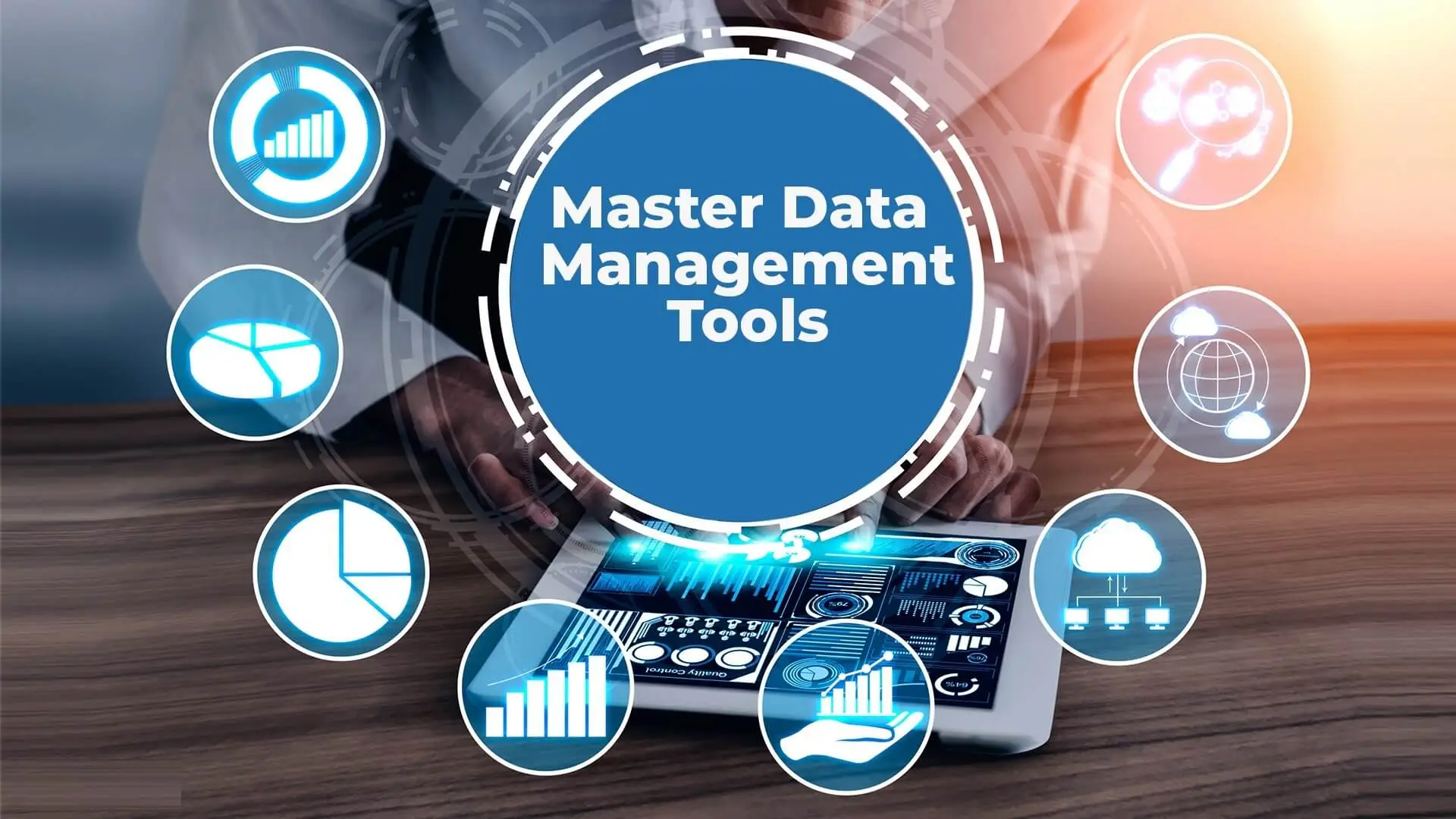An Introduction to Leading Conversational AI Platforms for Developing Chatbots and Virtual Assistants
Conversational AI platforms leverage natural language processing and generative AI technologies to power automated, human-like interactions through chatbots, voice assistants, and other interfaces. In this post, we will explore some of the top Conversational AI Platforms for building chatbots and virtual assistants. We’ll highlight their key capabilities and use cases to help you determine the best option for your needs.

Content
IBM Watson Assistant – A Powerful Platform for Sophisticated Conversational Solutions
IBM Watson Assistant, formerly known as IBM Watson Conversation, is a leading Conversational AI platform for developing complex chatbots and virtual agents. It offers advanced natural language understanding and a visual dialog tool to create conversational flows. Watson Assistant also integrates with other IBM Cloud services for capabilities like machine translation, text-to-speech, and image recognition. These features make it well-suited for building conversational solutions in domains like healthcare, finance, and customer service.
Kore.ai: Purpose-Built for Automating Conversations
Kore.ai is a Conversational AI platform designed specifically for automating conversations at scale. It focuses on high throughput and handles large volumes of simple, repetitive conversations to complete tasks like data collection and support inquiries. Kore.ai’s no-code tools allow business users to build and manage conversational workflows without requiring technical expertise. This makes it well-suited for applications like appointment booking, order tracking, and FAQ chatbots.
Avaamo.ai: Leader in Conversational Analytics
Avaamo.ai is a Conversational AI platform that excels at powering analytics-driven virtual agents. It incorporates advanced natural language understanding with a visual workflow designer. Avaamo.ai also integrates with CRM systems to provide personalized responses based on customer profiles and conversation history. Where other platforms focus on automation, Avaamo.ai prioritizes analytics to help brands gather insights from conversations. This makes it well-suited for applications like customer support, sales, and market research.
Amazon Lex: Comprehensive Platform for Building Any Type of Conversational Interface
Amazon Lex is a Conversational AI service from Amazon Web Services that allows building, managing, and deploying conversational interfaces into any application or device. It offers tools for natural language understanding, dialog management, and integration with AWS services. Lex is platform agnostic and supports building bots for platforms like SMS, voice calls, smart speakers, and mobile apps. Its comprehensive set of features make it applicable for a wide variety of conversational solutions across industries.
In Summary
Leading Conversational AI platforms provide tools to automate human conversations at scale through intelligent virtual agents. They apply NLP, machine learning and generative AI to facilitate natural interactions across multiple channels. By understanding your unique needs, these platforms can help you efficiently develop sophisticated chatbots and virtual assistants to enhance customer and employee experiences. With continued advancement in the field, conversational solutions are transforming how we interact with technology.
FAQs
How do these platforms use machine learning?
They leverage techniques like natural language understanding, dialog management, and training conversational models with large datasets to enable human-like conversations. Machine learning algorithms power key capabilities like intent detection, entity extraction, response generation, and analytics.
What types of conversational interfaces can these platforms build?
They allow developing chatbots, voice assistants, conversational websites/apps, and conversational interfaces across many digital channels like SMS, messaging apps, and interactive voice response systems. The right platform depends on your specific use cases and technical requirements.

Shawn Davis is a wonderful person. He is very nice and always willing to help out! He loves his job because it lets him share interesting things with people who want to know about new developments in the world of technology.







